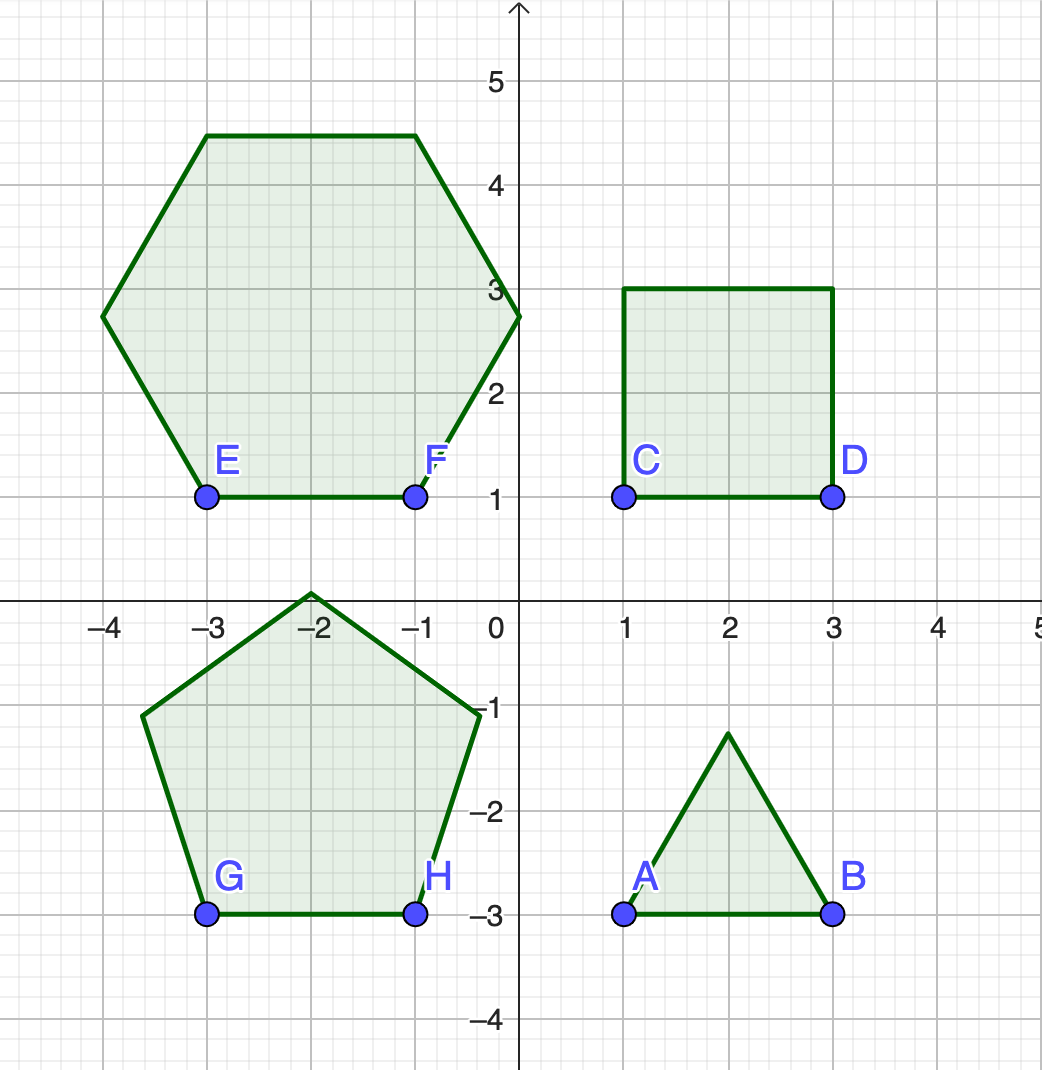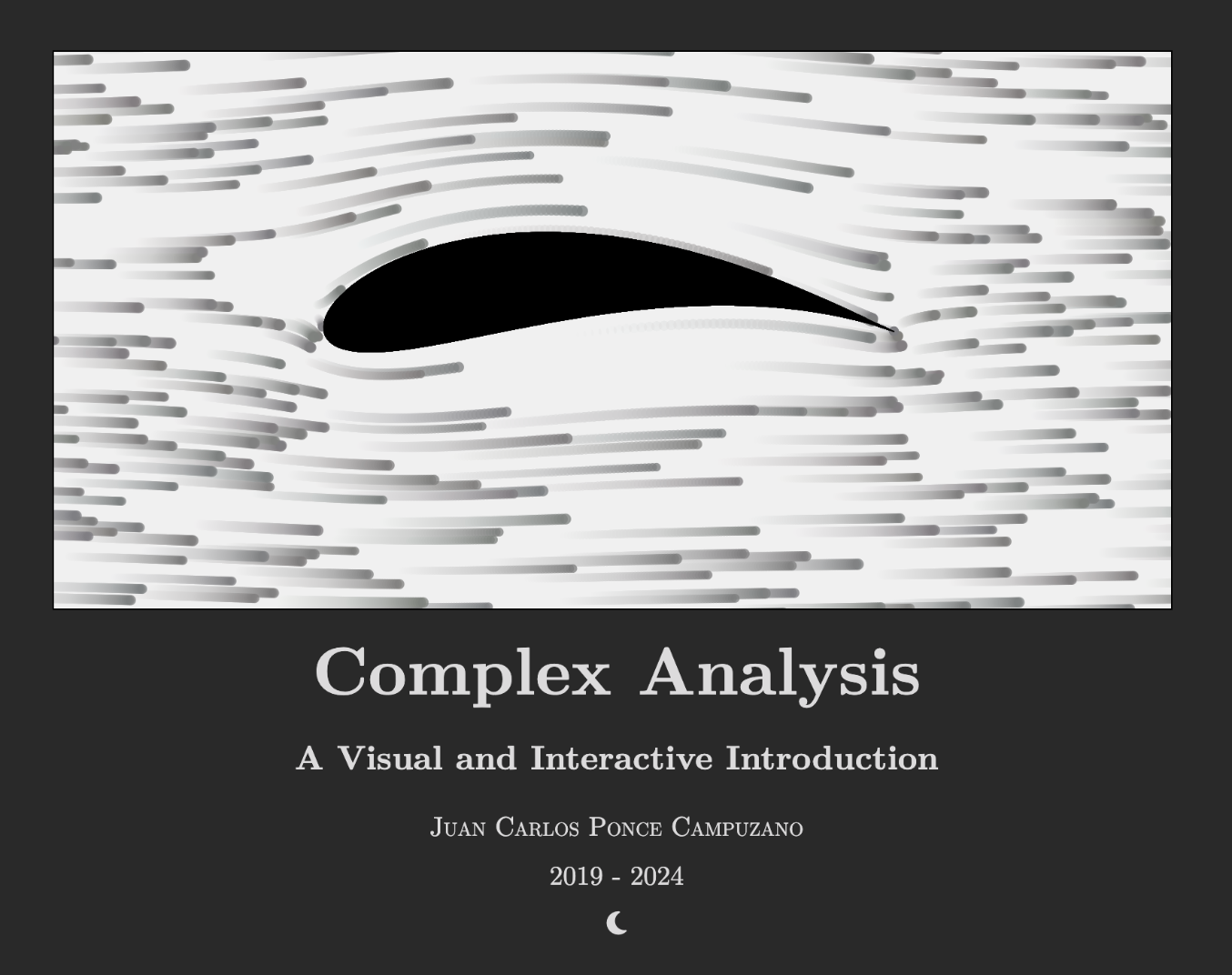The Zip Command in

GeoGebra
Command
Zip()Command
Zip()Sequence (list) of numbers
Sequence (list) of objects

Command
Zip()
Command
Zip()Sequence (list) of objects

Command
Zip()Sequence (list) of objects
Wait a second!

Sequence()The
command
does exactly that!
Why do we need another command that does the same?

Command
Zip()Sequence( End Value )
Sequence( Start Value, End Value )
Sequence( Start Value, End Value, Increment )
Sequence( Expression, Variable, Start Value, End Value )
Sequence( Expression, Variable, Start Value, End Value, Increment )It is an efficient and intuitive way to create
lists of numbers and objects
Sequence( End Value )
Sequence( Start Value, End Value )
Sequence( Start Value, End Value, Increment )
Sequence( Expression, Variable, Start Value, End Value )
Sequence( Expression, Variable, Start Value, End Value, Increment )Zip( Expression, Var1, List1, Var2, List2, ...)Looks like we're limited to just one input option!
Zip( Expression, Var1, List1, Var2, List2, ...)Creates a list of objects
by elements of corresponding lists
obtained by substitution of variables in the expression
According to the GeoGebra Manual
Examples
Lists of numbers


GeoGebra Classic 5
Desktop
GeoGebra Classic 6
Desktop & Online

Type the scripts (or GeoGebra code) in the Input box
Lists of numbers: Example 1
list1 = {1, 2, 3, 4, 5}
L = Zip(2*k+1, k, list1)Input:
L = {3, 5, 7, 9, 11}Output:
Sequence(2*k+1, k, 1, 5)Equivalent to:
Lists of numbers: Example 2
list1 = {0, 0.5, 1, 1.5, 2}
L = Zip(i^2+1, i, list1)Input:
L = {1, 1.25, 2, 3.35, 5}Output:
Sequence(i^2+1, i, 0, 2, 0.5)Equivalent to:
Lists of numbers: Example 3
list1 = Sequence(k, k, -4, 4, 0.2)
L = Zip(2*k, k, list1)Input:
Lists of numbers: Example 3
list1 = Sequence(k, k, -4, 4, 0.2)
L = Zip(2*k, k, list1)Input:
Sequence(2*k, k, -4, 4, 0.2)Equivalent to:
Output:
list1 = {-4, -3.8, -3.6, ..., 3.6, 3.8, 4}
L = {-8, -7.6, -7.2, -6.8,..., 7.2, 7.6, 8}Sequence(2*k, k, -4, 4, 0.2)list1 = {1, 2, 3, 4, 5}
L = Zip(2*k+1, k, list1)Sequence(2*k+1, k, 1, 5)Sequence(i^2+1, i, 0, 2, 0.5)list1 = {0, 0.5, 1, 1.5, 2}
L = Zip(i^2+1, i, list1)list1 = Sequence(k, k, -4, -4, 0.2)
L = Zip(2*k, k, list1)An additional list needs to be predefined for the Zip command

Examples
Lists of objects

Lists of objects: Example 4
P = (-2, -2)
Q = (2, -2)
R = (-2, 2)
S = (2, 2)
Zip(Midpoint(A, B), A, {P, Q}, B, {R, S})Lists of objects: Example 4
P = (-2, -2)
Q = (2, -2)
R = (-2, 2)
S = (2, 2)
Zip(Midpoint(A, B), A, {P, Q}, B, {R, S})
Lists of objects: Example 4
Zip(Midpoint(A, B), A, {P, Q}, B, {R, S})Creates a list of objects (midpoints)
by elements of corresponding lists
obtained by substitution of variables in the expression
Lists of objects: Example 4
Sequence(Midpoint(Element({P,Q}, k), Element({R,S}, k)), k, 1, 2)We can also use the Sequence command:
But we need to introduce an extra command: Element()
Zip(Midpoint(A, B), A, {P, Q}, B, {R, S})Lists of objects: Example 4
Sequence(Midpoint(Element({P,Q}, k), Element({R,S}, k)), k, 1, 2)Zip(Midpoint(A, B), A, {P, Q}, B, {R, S})Using the Zip command not only reduces code
but also makes it more concise

Lists of objects: Example 5
A = (1, -3)
B = (3, -3)
C = (1, 1)
D = (3, 1)
E = (-3, 1)
F = (-1, 1)
G = (-3, -3)
H = (-1, -3)
Lk = {3, 4, 5, 6}
Zip(Polygon(P, Q, k), P, {A, C, G, E}, Q, {B, D, H, F}, k, Lk)Lists of objects: Example 5
A = (1, -3)
B = (3, -3)
C = (1, 1)
D = (3, 1)
E = (-3, 1)
F = (-1, 1)
G = (-3, -3)
H = (-1, -3)
Lk = {3, 4, 5, 6}
Zip(Polygon(P, Q, k), P, {A, C, G, E}, Q, {B, D, H, F}, k, Lk)

Lists of objects: Example 5
A = (1, -3)
B = (3, -3)
C = (1, 1)
D = (3, 1)
E = (-3, 1)
F = (-1, 1)
G = (-3, -3)
H = (-1, -3)
Lk = {3, 4, 5, 6}
LP = {A, C, G, E}
LQ = {B, D, H, F}
Zip(Polygon(P, Q, k), P, LP, Q, LQ, k, Lk)Lists of objects: Example 5
Zip(Polygon(P, Q, k), P, LP, Q, LQ, k, Lk)Sequence(Polygon(Element(LP, k), Element(LQ, k), Element(Lk, k)), k, 1, 4)✔


Lists of objects: Example 6
Lk = -4..4
LP = Flatten(Zip(Zip(Zip((i, j, k), i, Lk), j, Lk), k, Lk))
Lr = Zip(0.5*random(), k, 1..Length(LP))
LS = Zip(Sphere(P, r), P, LP, r, Lr)Lists of objects: Example 6
Lk = -4..4
LP = Flatten(Zip(Zip(Zip((i, j, k), i, Lk), j, Lk), k, Lk))
Lr = Zip(0.5*random(), k, 1..Length(LP))
LS = Zip(Sphere(P, r), P, LP, r, Lr)
Sequence(k, k, -4, 4)
You can also type:
Create a list of numbers:
Lk = {-4, -3, -2, -1, 0, 1, 2, 3, 4}Creates a 3D array of points
{{a, b, c}, {x, y,z}}
→{a, b, c, x, y, z}Flattens list to a one dimensional list
Flatten()
Lists of objects: Example 6
Lk = -4..4
LP = Flatten(Zip(Zip(Zip((i, j, k), i, Lk), j, Lk), k, Lk))
Lr = Zip(0.5*random(), k, 1..Length(LP))
LS = Zip(Sphere(P, r), P, LP, r, Lr)Creates a list of random numbers between 0 and 0.5 based on the number of elements of the list LP
1..Length(LP) = Sequence(k, k, 1, Length(LP))
Lists of objects: Example 6
Lk = -4..4
LP = Flatten(Zip(Zip(Zip((i, j, k), i, Lk), j, Lk), k, Lk))
Lr = Zip(0.5*random(), k, 1..Length(LP))
LS = Zip(Sphere(P, r), P, LP, r, Lr)
Creates a 3D array of spheres
Lists of objects: Example 6
Lk = -4..4
LP = Flatten(Zip(Zip(Zip((i, j, k), i, Lk), j, Lk), k, Lk))
Lr = Zip(0.5*random(), k, 1..Length(LP))
LS = Zip(Sphere(P, r), P, LP, r, Lr)As an exercise try to rewrite this code using the
Sequence()command

Lists of objects: Example 6
Lk = -4..4
LP = Flatten(Zip(Zip(Zip((i, j, k), i, Lk), j, Lk), k, Lk))
Lr = Zip(0.5*random(), k, 1..Length(LP))
LS = Zip(Sphere(P, r), P, LP, r, Lr)
I am sure you will see the benefits of using the
Zip()command
In Summary
We can create lists of numbers and objects
by writing GeoGebra code in a more
efficient and concise manner
Zip()command
In Summary
Zip()command
which works fine if your goal is to create simple lists of numbers and objects
This is similar to the
Sequence()command
Think about the
Zip()command
In Summary
as an advanced version of the
Sequence()command

Think about the
Zip()as an advanced version of the
command
Sequence()command
In Summary
that will help you discover the full potential of GeoGebra to write code

Thanks for
watching!
Patreons:
David Arso Civil, bleh, Dennis Watson, Neil, Doug Kuhlmann, mirror, Newnome Beauton, Adam Parrott, Sophia Wood (Fractal Kitty), pmben, Abei, Edward Huff.

Thanks for
watching!
Patreons:
David Arso Civil, bleh, Dennis Watson, Neil, Doug Kuhlmann, mirror, Newnome Beauton, Adam Parrott, Sophia Wood (Fractal Kitty), pmben, Abei, Edward Huff.

Thanks for
watching!
Patreons:
David Arso Civil, bleh, Dennis Watson, Neil, Doug Kuhlmann, mirror, Newnome Beauton, Adam Parrott, Sophia Wood (Fractal Kitty), pmben, Abei, Edward Huff.

Thanks for
watching!
Patreons:
David Arso Civil, bleh, Dennis Watson, Neil, Doug Kuhlmann, mirror, Newnome Beauton, Adam Parrott, Sophia Wood (Fractal Kitty), pmben, Abei, Edward Huff.